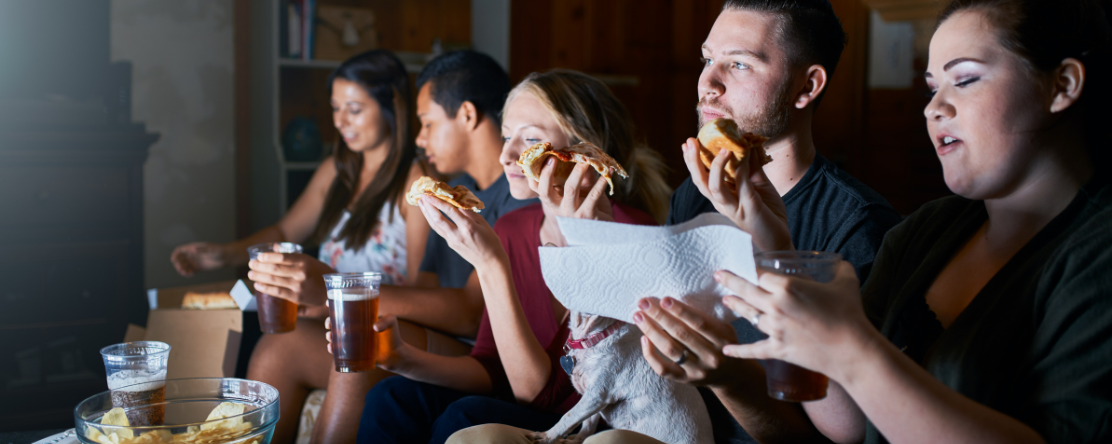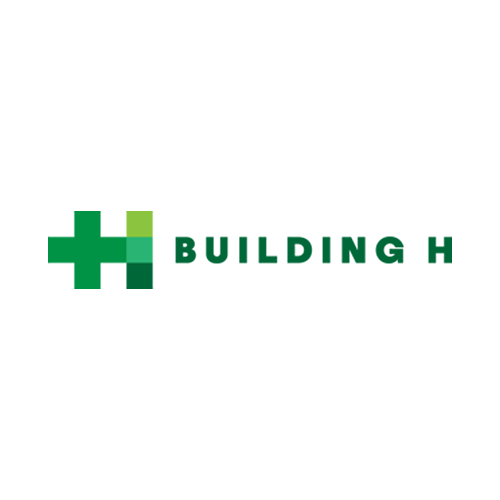
In the News
PHI’s Building H Ranks Companies on How They Impact Consumer Health
- Stanford University
-
Focus Areas
Health Care & Population Health -
Issues
Population Health -
Expertise
Research – Surveillance -
Programs
Building H

“Public health research group has ranked companies and their products by how they impact the health of their customers, finding that some of the most successful firms have some of the most negative impacts on the health of adults in the United States.
Building H, a nonprofit dedicated to re-engineering product design to improve health, released a health index on Monday which ranks and rates 76 consumer products, from the Culdesac real estate developer to the entertainment behemoth Netflix.

These industries have a massive, if long overlooked, impact on human health that the new Building H Index seeks to quantify and document in the most comprehensive survey to date.Authors of The 2024 Building H Index
Stanford Health Policy’s Sara Singer, PhD, a professor of health policy and an advisor to the nonprofit group, said the index represents a relatively new field of medicine that is measuring the direct impact that products and companies have on our health.
“To turn the tide toward healthy behaviors, we need methods for holding companies accountable for the health impacts of their products and services yet evaluating externalities from company products and services on consumer health are woefully underdeveloped,” Singer said. “That’s the gap Building H is beginning to address.”
Singer helped create the Building H ranking system with the goal of quantifying how certain products and services affect human health and then encouraging company leaders and product designers to use the index as a guide for improving their environments and products.
The dramatic rise in chronic health conditions is due in part to the modernization of technology and the products and services now so readily available. We can watch what we’d like and order our favorite foods from the comfort of our couch. Forty-two percent of American adults are now obese, up from 30% in 2000. One-third of adults are not getting enough sleep and half of U.S. adults report experiencing loneliness—with some of the highest rates among young adults.
“The products and services we use in our daily lives have remarkable influence on behaviors that impact our health, yet we don’t ask companies to bear responsibility for encouraging us to stay inside, eat too much, sit too long, or sleep too little,” Singer said. “The Building H Index is a first step toward making the health costs of products transparent, letting people compare companies and consider how companies might promote healthier behavior.”
Click on the link below to read the full article.
Related
Everyday products ranked for health impact: Which ones are harming you and which are making you healthier? / News-Medical
Originally published by Stanford University
More Updates


Safeguarding the Health and Wellbeing of Agricultural Workers in Monterey County: A 5-Year Glance at the COVID Pandemic & Lessons Learned

New Study Reveals Why Alcohol Use Increased During the Pandemic

PHIL Collective: Tools, Training and Resources for Collaborative, Cross-Sector Efforts to Improve Health and Equity
Work With Us
You change the world. We do the rest. Explore fiscal sponsorship at PHI.
Support Us
Together, we can accelerate our response to public health’s most critical issues.
Find Employment
Begin your career at the Public Health Institute.
